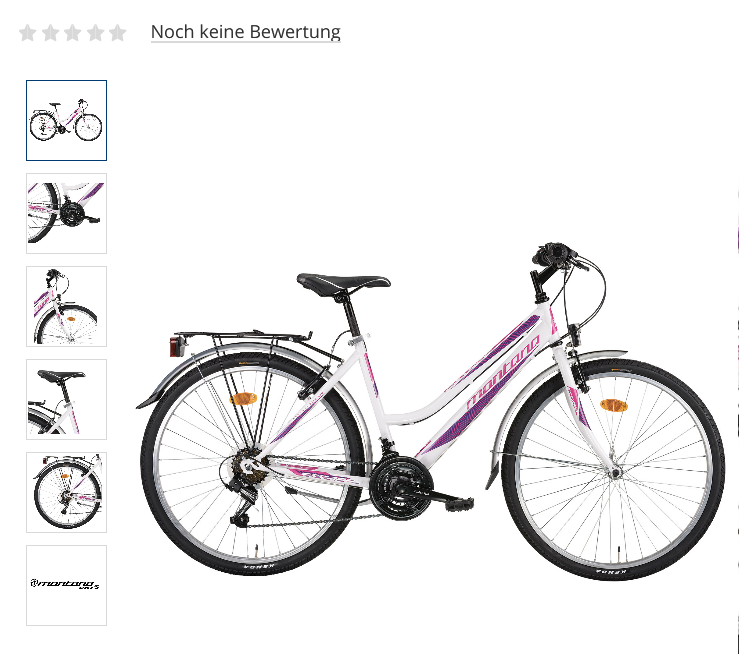What bike size for child - Calculate Now
At some point, every child comes to the age when he or she can use a bicycle. Choosing the right bike depends not only on the child's personal preferences, the size should also be well chosen, because no child will enjoy a bike that is too big or too small for long.
Determine the right bike size based on stride length
The most important factor in determining the optimal frame size is the stride length. To determine this, place the child against a wall, preferably without shoes and wearing tight-fitting comfortable pants. Now hold a book or a spirit level at the height of the crotch and measure the distance from the floor to the spirit level or to the book.
What else to look for when buying a bicycle for children
In addition to the frame size, the step-in also plays a major role. Especially for smaller children (up to the end of elementary school), the entrance should be as low as possible so that the child can get off quickly in dangerous situations. Furthermore, both the saddle and the handlebars should be adjustable in height.
Since children under the age of six usually only ride their bikes on sidewalks, playgrounds and in traffic-calmed areas, road safety is not yet a major concern. However, since children are allowed to participate in road traffic from the age of 6, the vehicle must now at the latest comply with the legal requirements, such as a front and a rear wheel (back-pedal) brake, appropriate mudguards and reflectors are mandatory.
 Also on an ergonomically perfect posture is also achen. The child should not be bent over, but should sit up straight and have a good grip on the handlebars with both hands. It should be possible to reach the ground comfortably with the feet, especially as a beginner rider. As the child continues to grow, the positions of the handlebars and saddle should be checked regularly and adjusted if necessary.
Also on an ergonomically perfect posture is also achen. The child should not be bent over, but should sit up straight and have a good grip on the handlebars with both hands. It should be possible to reach the ground comfortably with the feet, especially as a beginner rider. As the child continues to grow, the positions of the handlebars and saddle should be checked regularly and adjusted if necessary.
A light system is not mandatory or recommended until children are 20 inches or older (about 8 years old). The first, so-called play bikes, are usually not equipped with lights. A gear shift is also only advisable for bicycles of this size.
Training wheels - yes or no?
In general, training wheels are not recommended these days. Especially children who are already familiar with a running bike have already developed a good sense of balance and do not need much time to learn how to ride a bike. Furthermore, uneven surfaces, curbs, stones, etc. pose an increased risk of accidents for training wheels.
What you also need
In addition to the appropriate bicycle, you should provide your child with a well-fitting bicycle helmet. It should neither wobble nor slip, and the straps should always fit snugly. It's best to let your child choose and try on the helmet themselves to make sure it really fits and also suits the child's taste so that it will actually be worn. When buying, also look for the TÜV or GS mark.
- A robust rope lock protects the bikes from theft, especially important for older children
- conspicuous high-visibility vests increase safety, especially for novice riders
- a bell should not be missing on any bicycle
- an air pump can also be useful for the beginner rider
In conclusion, the choice of bicycle may not be easy, but it is all the more important, because once the passion for cycling has been kindled, the chances are good that the child will still enjoy cycling in adulthood and will not only protect the environment, but also do something good for his or her own health. Therefore, the joy of riding should not be spoiled by the selection of an unsuitable bicycle.
Similar Calculator Topics: Leisure & kids, sports, bicycles, bike


